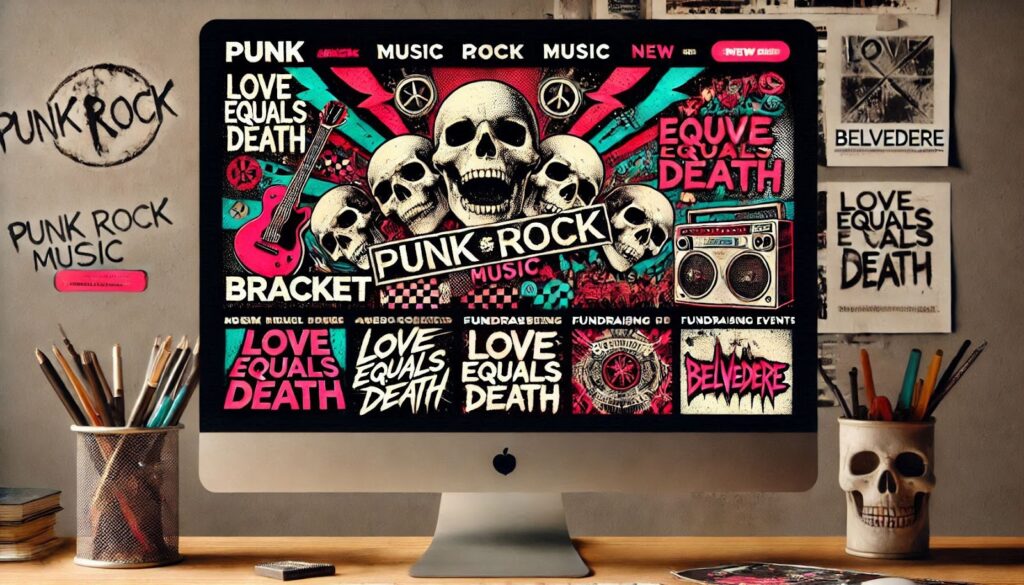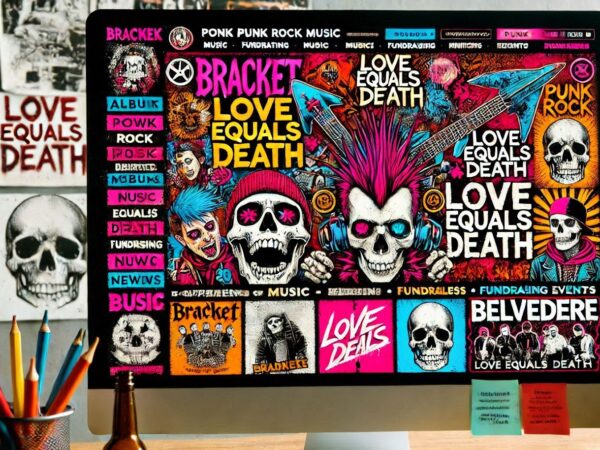Dubai’s reputation as a luxury destination often overshadows its vibrant subcultural communities and diverse residential enclaves. As real estate experts at AustinContrarian.com have observed through their extensive work in UAE property markets, Dubai’s social fabric is far more intricate and varied than its glossy exterior suggests. The city’s rapid evolution has created unique pockets of culture where traditional Arab hospitality meets contemporary urban living, fostering communities that challenge conventional perceptions of life in the Emirates.
Underground Beats in the Desert Heat: Al Quoz’s Creative Revolution
The industrial district of Al Quoz has undergone a remarkable transformation over the past decade. What began as a collection of warehouses and automotive repair shops has evolved into Dubai’s premier artistic hub, with over 12,000 square meters of converted creative space. The district’s raw, industrial aesthetic provides the perfect backdrop for Dubai’s emerging alternative music scene, where local punk bands and electronic music producers collaborate in converted warehouses.
The area’s development wasn’t spontaneous but rather the result of careful urban planning and community initiative. In 2019, local authorities invested AED 85 million in infrastructure improvements, including pedestrian-friendly walkways and artistic lighting installations. This investment has attracted more than 400 creative businesses, ranging from independent record labels to experimental art galleries.
Statistics show that Al Quoz hosts an average of 156 underground music events annually, drawing approximately 25,000 attendees from across the UAE and beyond. The district’s popularity among young creatives has led to a 45% increase in property values since 2020, with converted industrial spaces commanding premium rates for both residential and commercial use.
The community’s success has inspired similar initiatives across Dubai, with property developers incorporating creative spaces into new residential projects. The district’s evolution demonstrates how industrial areas can be transformed into vibrant cultural hubs while maintaining their authentic character.

Silicon Oasis: Where Tech Nomads Plant Digital Roots
Dubai Silicon Oasis (DSO) has evolved beyond its initial conception as a technology park to become a unique ecosystem where digital innovation meets residential life. The district houses more than 2,500 technology companies and supports a growing community of remote workers and digital entrepreneurs from 150+ countries.
The area’s distinctive architecture reflects its tech-forward mindset, with buildings incorporating smart home technology and sustainable design principles. Recent data indicates that DSO’s residential properties maintain 94% occupancy rates, with tech professionals comprising 68% of residents. The community’s average age is 32, making it one of Dubai’s youngest neighborhoods.
Property values in DSO have appreciated by 28% since 2022, driven by increasing demand from international tech workers. The district’s success has prompted developers to launch specialized residential projects catering to the digital nomad lifestyle, featuring co-working spaces and high-speed fiber optic internet as standard amenities.
Community initiatives within DSO have fostered a unique blend of work and leisure, with regular hackathons and tech meetups occurring alongside traditional Arabian cultural events. This fusion has created a distinctive social atmosphere where coding sessions might be followed by traditional Emirati coffee ceremonies.
Sustainable Sanctuaries: The Green Revolution of Sustainable City
The Sustainable City represents Dubai’s ambitious vision for eco-friendly urban living. This 46-hectare development has redefined sustainable community living in the Middle East, achieving net-zero energy status in 2023. The community’s 500 villas and 89 apartments incorporate advanced green technologies, reducing carbon emissions by an estimated 8,000 tonnes annually.
Residents enjoy a unique lifestyle where electric vehicles are the norm, with 87% of households owning at least one electric car. The community’s urban farm produces over 3,000 kilograms of organic produce monthly, supporting 40% of residents’ fresh vegetable needs. These initiatives have resulted in average utility bills 58% lower than comparable properties in Dubai.
The development’s success has influenced property values, with homes commanding a 15-20% premium over similar properties in neighboring areas. The community’s waiting list for rental properties extends to 8 months, reflecting high demand for sustainable living options in Dubai.
Social interaction within the Sustainable City follows unique patterns, with residents regularly participating in community farming activities and sustainability workshops. The development hosts monthly environmental awareness events that attract visitors from across the UAE, establishing it as a model for future sustainable communities.
Maritime Maven: The Hidden World of Dubai Marina’s Water People
Dubai Marina’s waterfront lifestyle has given rise to a distinctive community of water enthusiasts who have transformed luxury living into an aquatic adventure. The district’s 50-kilometer promenade houses more than 120,000 residents, with 8% owning private vessels ranging from traditional dhows to modern yachts.
Recent years have seen the emergence of floating businesses, with 15 restaurant boats and 23 floating retail concepts operating within the marina. These enterprises have created a unique commercial ecosystem that generates an estimated AED 200 million in annual revenue. The marina’s residential towers have adapted to this maritime lifestyle, with specialized storage facilities for water sports equipment and dedicated moorings becoming premium amenities.
Property data reveals that units with direct marina views command 35% higher rental rates than similar properties elsewhere in Dubai. The community’s distinctive character has attracted a diverse mix of residents, with 45% being European expatriates and 30% from various Asian countries.
The marina’s social calendar revolves around water-based activities, with monthly rowing clubs and yacht sharing initiatives fostering community connections. Local residents have established the largest dragon boat racing community in the Middle East, with 12 teams competing regularly.
Artistic Alcoves: The Renaissance of Satwa’s Creative Quarter
Satwa’s transformation from a traditional working-class neighborhood to a bohemian enclave represents one of Dubai’s most organic community evolutions. The district’s narrow streets now house over 200 artist studios, with traditional Arabic architecture providing inspiration for contemporary creative expression.
Local artisans have renovated heritage buildings into gallery spaces while maintaining their historical character. Property records show that creative professionals have acquired 25% of Satwa’s residential properties since 2021, driving a cultural renaissance that has increased property values by 40%.
The district’s artistic community has established unique initiatives, including a monthly art walk that attracts over 3,000 visitors. Local cafes have evolved into cultural spaces, hosting poetry readings and experimental theater performances that blend Arabian and international influences.
The area’s transformation has been accompanied by careful preservation efforts, with AED 150 million invested in restoring historical buildings. This balance between preservation and progression has created a distinctive atmosphere where traditional craft workshops operate alongside contemporary art installations.
Desert Dreamers: The Unconventional Communities of Dubai’s Outskirts
Beyond Dubai’s urban core, unique communities have emerged in the desert periphery, creating distinctive lifestyle enclaves. These settlements, ranging from eco-villages to artist communes, house approximately 5,000 residents who have chosen to live closer to the desert landscape.
Recent development data shows that 15 new desert communities are under construction, with investments totaling AED 2.5 billion. These projects emphasize connection with the natural environment, incorporating traditional desert architecture with modern amenities. Average plot sizes exceed 10,000 square feet, allowing residents to create personalized desert retreats.
The desert communities have attracted a diverse population, with 35% being environmental researchers, 25% artists, and 40% professionals seeking alternative lifestyles. Property appreciation in these areas has averaged 18% annually since 2022, reflecting growing interest in desert living.
These settlements have developed unique social structures, with communal living spaces and shared resources being common features. Regular desert astronomy sessions, wildlife photography workshops, and traditional Bedouin cultural events form the backbone of community life, creating a distinctive fusion of ancient and modern desert living.
